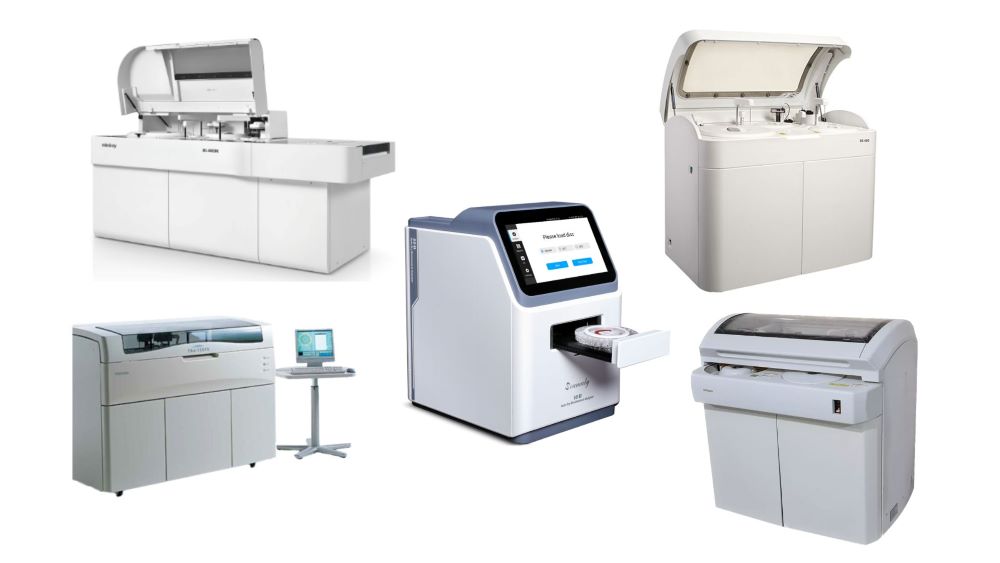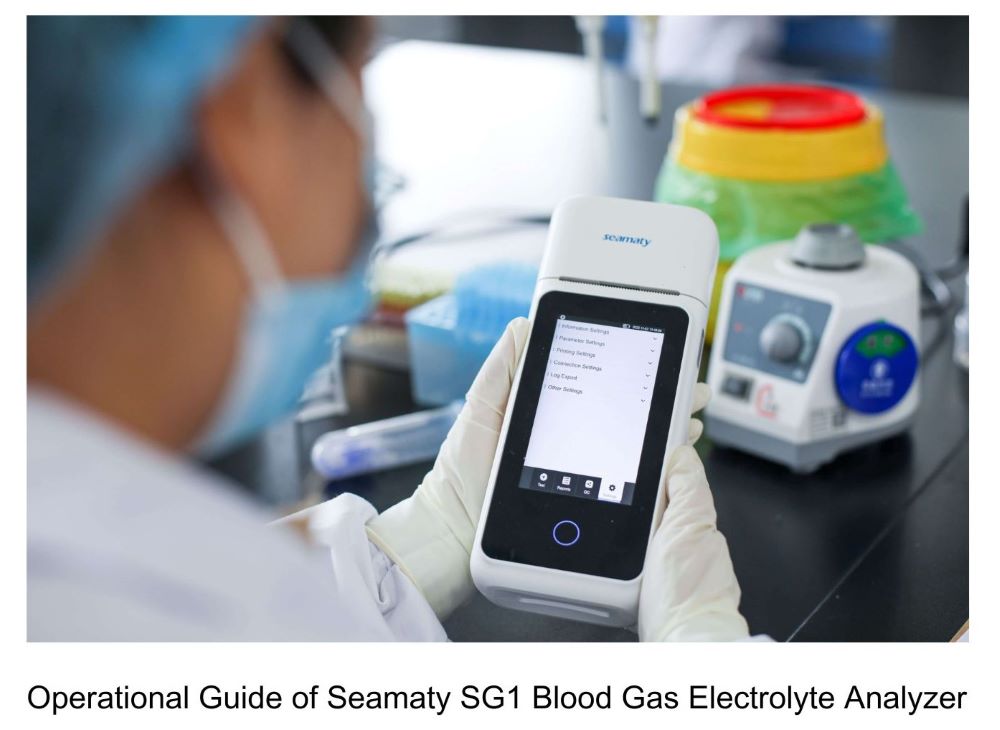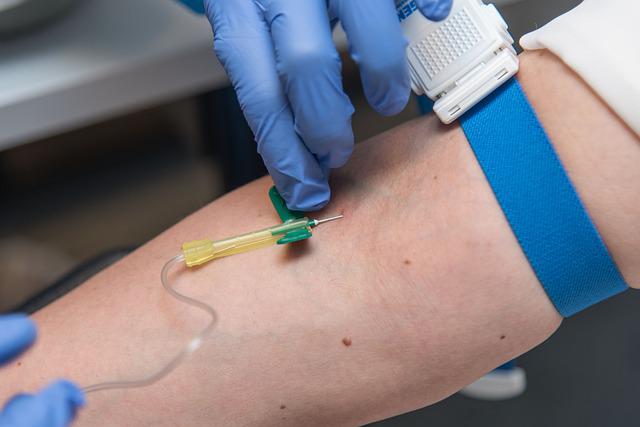release time:2024-06-20 11:12:13

Automatic biochemistry analyzers are highly advanced instruments with a wide range of applications in our daily lives, particularly in medical settings and vital sign detection. They play a crucial role in disaster relief and healthcare. But what exactly are these instruments and how do they work? Additionally, which well-known brands are available, and how can one make an informed choice? In this article, we'll comprehensively explore these aspects.
An automatic biochemistry analyzer is a sophisticated instrument that employs photometric colorimetry to measure specific chemical components in bodily fluids. Its primary purpose is to provide clinical tests covering biochemical, hematological, immunological aspects, and more for various levels of medical facilities. These tests aid in disease diagnosis, treatment, prognosis, understanding health status, and more. Hospitals commonly use automatic biochemistry analyzers for routine check-ups, disease screening, and confirmation tests. These analyzers offer quick measurements, high accuracy, and minimal reagent usage.
Automatic biochemistry analyzers automate sampling, mixing, incubation, detection, result calculation, and cleaning processes, either partially or entirely. These devices rely on absorption spectroscopy, a fundamental principle in spectral technology. This principle holds true whether using the fastest modular automatic biochemistry analyzer or the original photometric colorimeter designed for manual colorimetry.
Due to their numerous advantages, automatic biochemistry analyzers find applications in various domains. Their key applications include family planning services, testing at epidemic prevention stations, and usage in medical facilities of different sizes. The efficiency of these analyzers significantly reduces the workload and improves productivity in these settings.
1. Endpoint Method: Calculates concentration based on absorbance at the reaction endpoint, commonly used except for specific items like enzymes, BUN, and CRE.
2. Fixed-time Method: Calculates results by measuring the difference in absorbance between two points during an ongoing reaction. Useful for detecting nonspecific items like creatinine.
3. Continuous Monitoring Method: Utilizes the change in absorbance values over time to calculate results, especially for enzyme activity or enzyme metabolic products.
Top brands and prominent manufacturers of automatic biochemistry analyzers include Roche, Toshiba, Hitachi, Siemens, Abbott, Beckman Coulter, Olympus, Mindray, and Seamaty. For further information about brands and manufacturers, refer to this article: [Top 9 Clinical Chemistry Analyzers for Small to Mid-Sized Laboratories in 2024].
When choosing an automatic biochemistry analyzer for a medical facility, consider the following factors: model applicability, cost-effectiveness, reagent accessibility, regional differences, and after-sales technical support. Choose a model slightly larger than your current workload requirement to accommodate future growth, considering both economic factors and ensuring the instrument remains relevant throughout its lifecycle.
Regional differences and after-sales support vary, so consider local sales status, existing similar machines, and the reputation of sales and manufacturing companies. For larger cities with concentrated sales and agents, prioritize cost-effective instruments, while smaller cities and town medical units should focus on modular, independently usable instruments for uninterrupted operations even in case of module failure. Get to know more, check the buying guide of affordable chemistry analyzers.
Automatic biochemistry analyzers are crucial in modern healthcare, swiftly analyzing bodily fluids with advanced photometric and spectroscopic methods. From routine health checks to epidemic prevention, these tools streamline medical operations. This article provided insights into their operations, applications, and top manufacturers. Selecting the right analyzer is pivotal, considering factors like model suitability and cost-effectiveness. Anticipate continued advancements, enhancing speed, precision, and adaptability, empowering healthcare professionals for more efficient healthcare solutions and improved patient care.

2024-01-12
Discover the Seamaty SG1 Blood Gas Analyzer – your go-to for quick and easy healthcare diagnostics. From its portable design to fast results, this guide takes you from beginner to pro. Learn how to use it anywhere, anytime, and enhance patient care effortlessly!

2022-03-30
In clinical practice, blood biochemical indicators such as creatinine (Crea), urea (Urea) and uric acid (UA) are commonly used to determine the quality of kidney function. Today, let's get to know more about creatinine.

2021-12-24
When you have a biochemical blood test, you have to draw blood. However, bruising often occurs on the arm after blood is drawn, do you know why? Most of the reasons for bruising at the arm after a blood draw are caused by improper pressure to stop bleeding after puncture. The following are 5 common causes.